Ginger it up
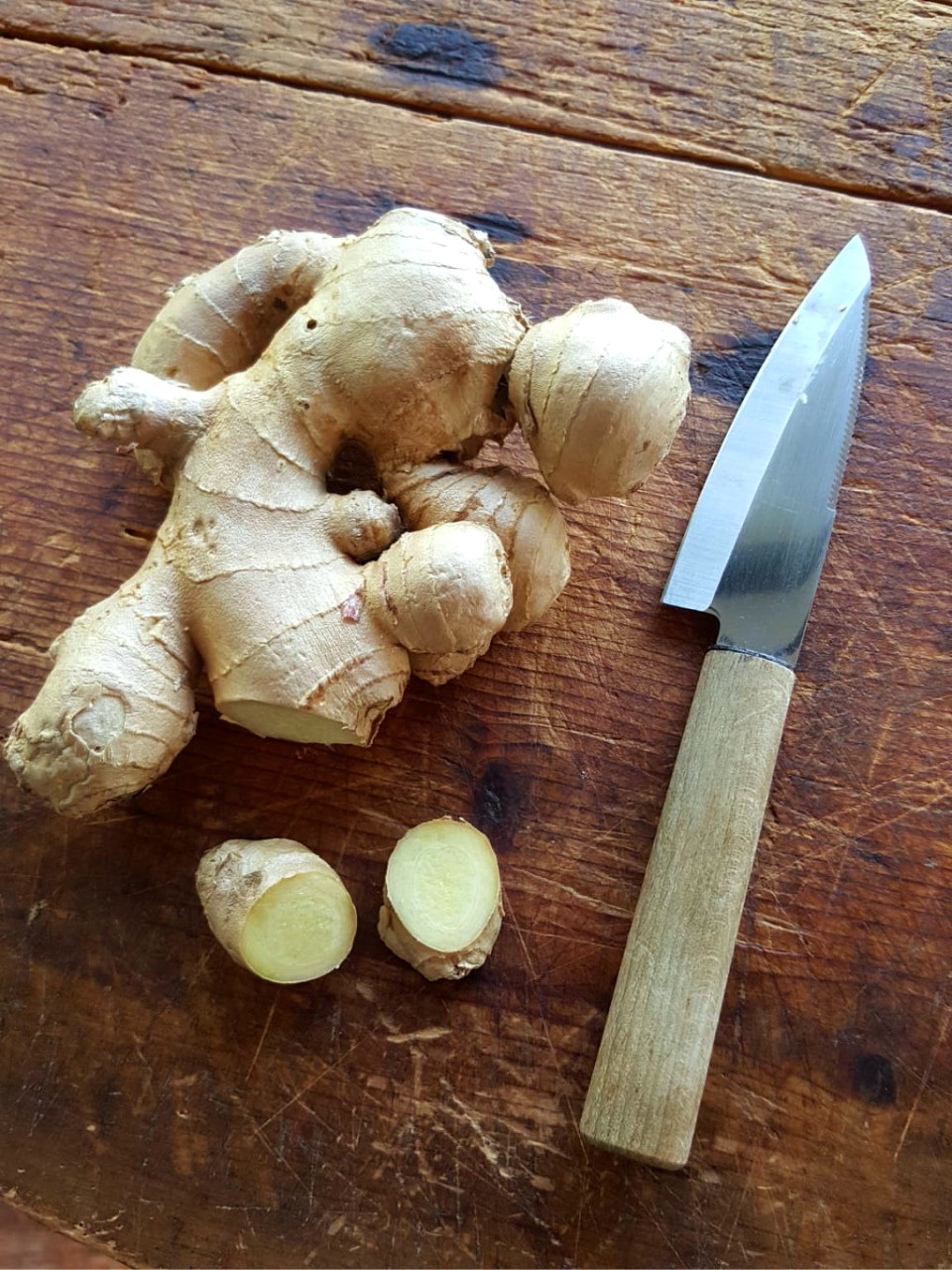
A citrus-skin character that at its best is hot and nose-tingling, sometimes eye-wateringly hot, with a fleeting whiff of turmeric, that’s ginger!

A citrus-skin character that at its best is hot and nose-tingling, sometimes eye-wateringly hot, with a fleeting whiff of turmeric, that’s ginger!

Cooking classes on Waiheke – enjoy a winter’s day in a warm kitchen and go home inspired to cook up a feast!
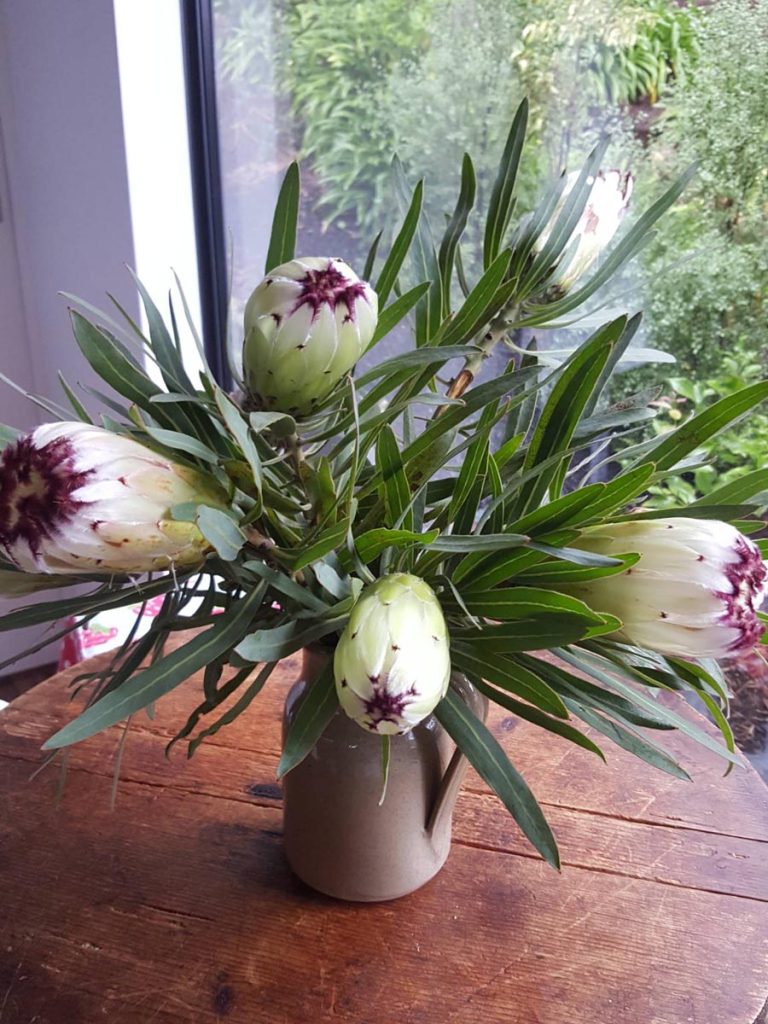
Come and cook with me on Waiheke!
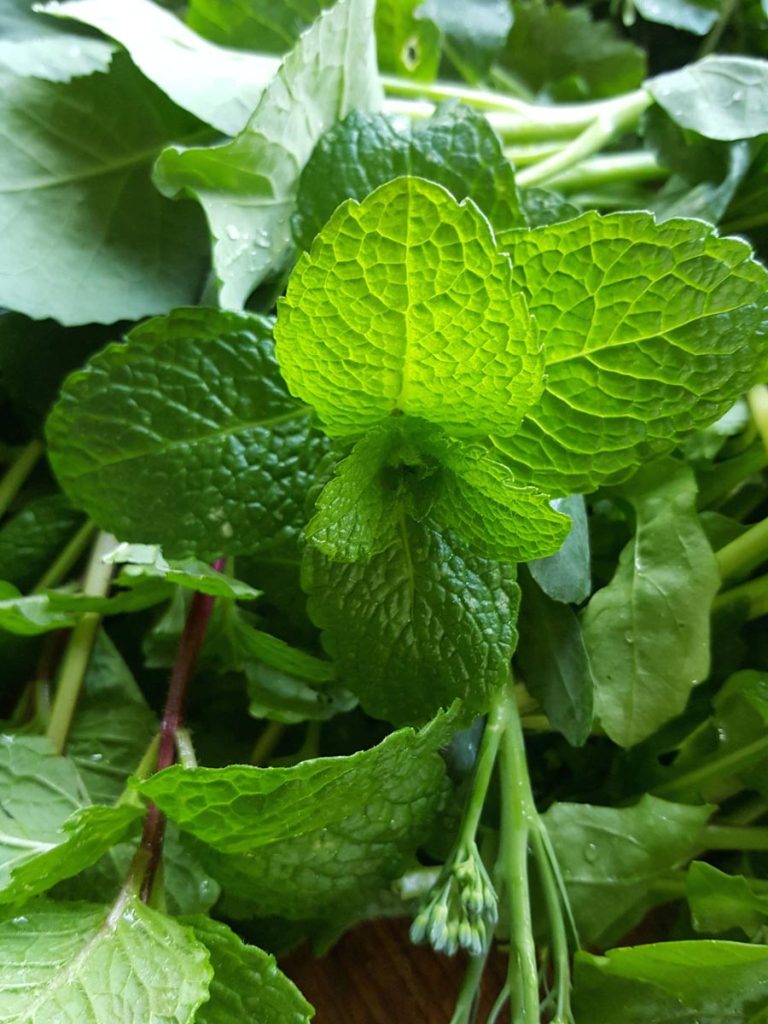
Fresh and clean, mint lifts any dish you add it to.
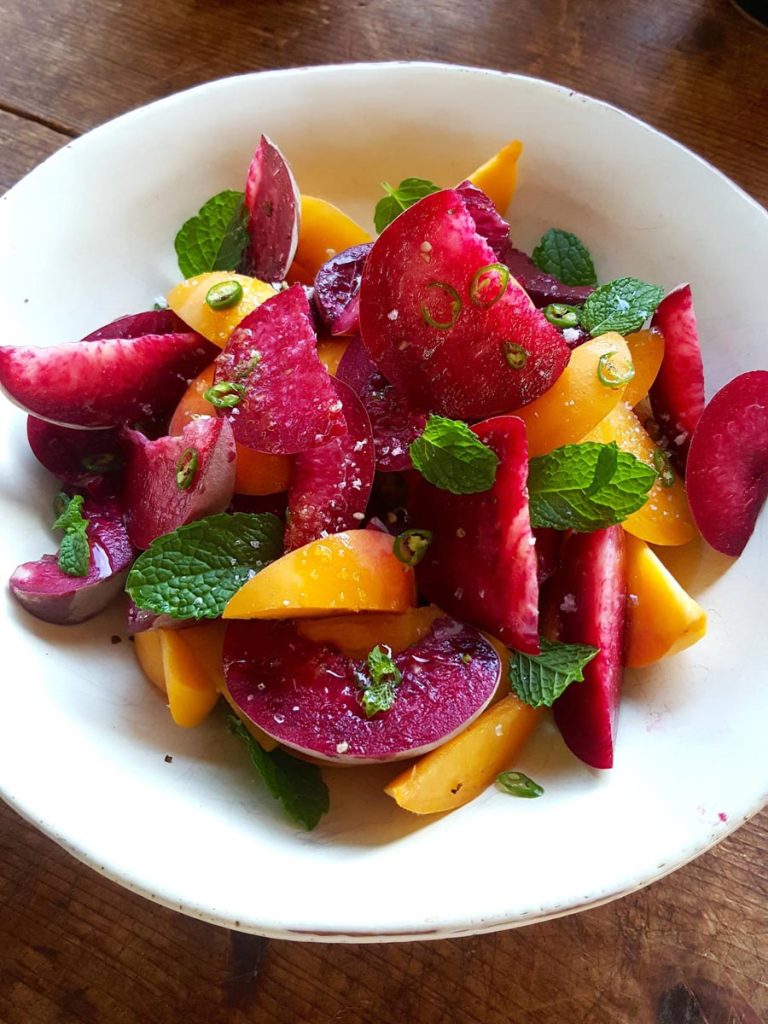
Blood peaches have succulent melting flesh and buckets of flavour.
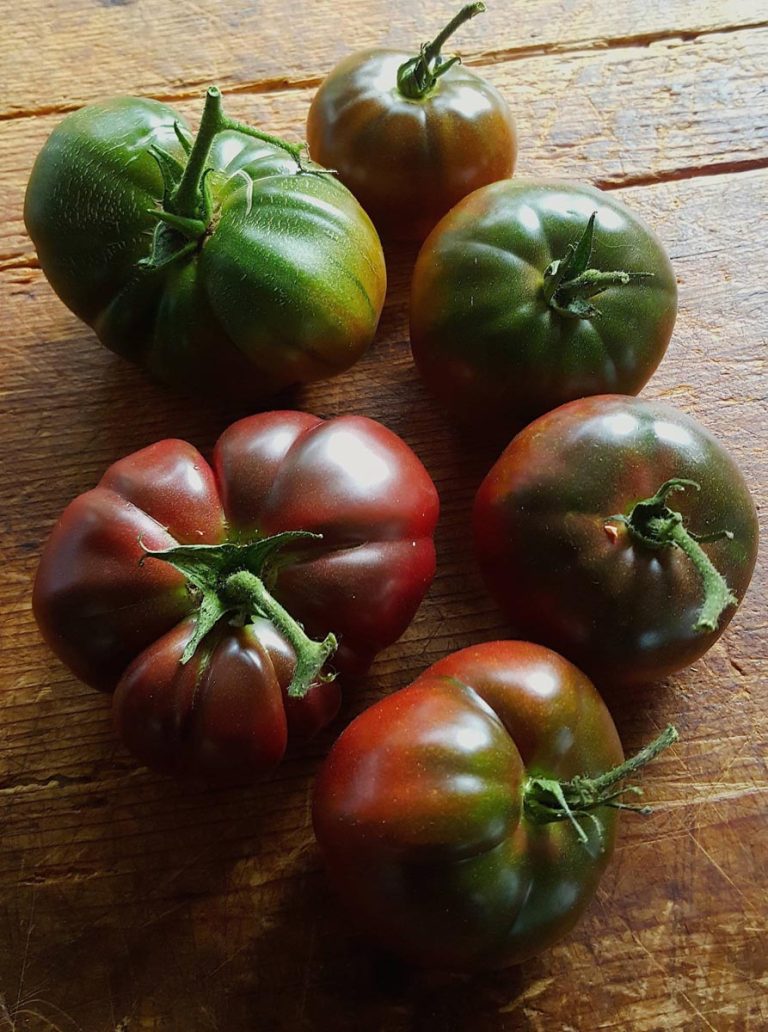
Check out the new classes for March – they’ll whet your appetite for the exotic.
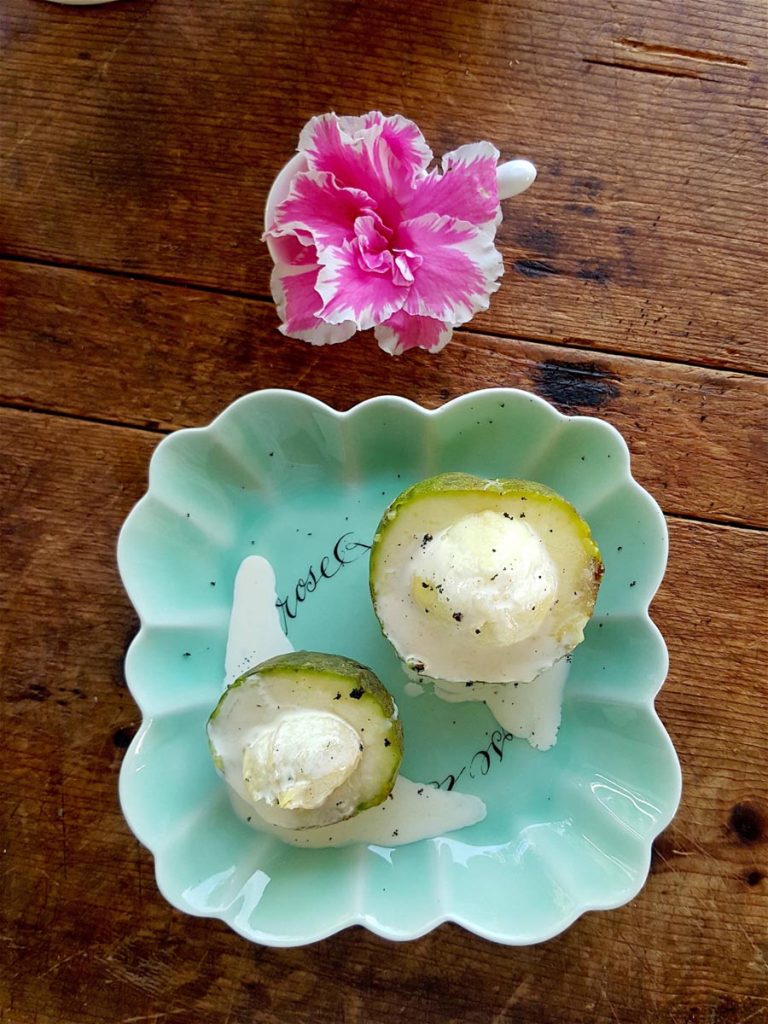
Custard and cream. Oh yeah, who doesn’t love that!
No products in the basket.
Welcome to the new Shared Kitchen experience! If you encounter any issues, please let us know. Dismiss